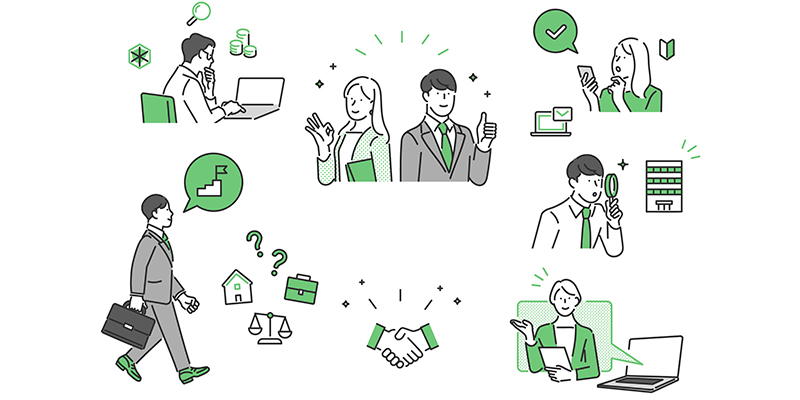Why Hiring Decisions Require a Human Touch (vs. AI)

While employers and organizations look for quicker, easier ways to hire employees, many are turning to artificial intelligence (AI) decision making. It would appear that using algorithms in decisions would limit discrimination but in fact, algorithmic discrimination is still a very real problem. When considering an applicant for employment, there are far too many mistakes that could occur under the premise of "machine learning".
Instead of relying on solely on artificial intelligence for hiring, employers are better served making hiring decisions with human touch.
Why Choose Artificial Intelligence
Since the COVID-19 pandemic, employers are facing either furloughs and layoffs or increased hiring. Those that are hiring, such as manufacturers and transportation, medical/healthcare and retail, want the process to be fast, cheap and with as little in-person interaction as possible. These and many smaller businesses are choosing to adopt digital hiring and onboarding processes of new employees. Many are turning to AI-powered hiring.
AI-powered recruiting and hiring promises to:
- Move candidates through the hiring and onboarding process faster
- Reduce hiring bias and discrimination
- Cut down costs of hiring
- Create a positive candidate experience
Drawbacks of Using AI-Powered Background Checks
Technology, such as applicant tracking systems, may be helpful when a recruiter has to sort through hundreds of resumes but there are still drawbacks to using artificial intelligence through the entire hiring process. Errors can be made by any background screening company but when they're made by an algorithm, they aren't corrected until the algorithm changes.
As an example, gig-economy employers such as Uber have faced angry candidates after they were denied employment because of AI-powered background check errors. When an applicant is denied a job because of a background check, they have the right to dispute the inaccurate data, according to the FCRA. Unfortunately, when those applicants aren't given the opportunity to make those changes, employers can face litigation.
Frequent errors of AI-powered background checks include:
- Mistaken identity
- Misreporting of offenses
- Including irrelevant criminal activity or activity that's too far in the past
See also: When Should Employers Consider Criminal Records?
FTC Guidance For Using AI for Hiring
Last month, the Director of the FTC Bureau of Consumer Protection shared helpful guidance for employers choosing to use artificial intelligence and algorithms for hiring and hiring decisions. He recommends that employers:
- Be transparent. Make sure applicants know that they are not talking to a real human and how their data is being collected. Also, follow protocols for adverse action notices.
- Explain your decision. Applicants will want to know why they've been denied employment. Be prepared to explain how the decision was made and what factors they were graded against.
- Ensure your decisions are fair. Allow applicants to correct inaccurate data and make sure that your decisions aren't discriminatory. (We strongly recommend a background check decision matrix!)
- Ensure your data and models are robust and empirically sound. In simple terms, if you're collecting data on a consumer, or providing data for automated decision-making, make sure the data is accurate and not discriminatory.
- Hold yourself accountable. If you're relying on an algorithm to make hiring decisions, you should ensure the algorithm is used correctly, includes representative data and, you're responsible for any ethical or fairness concerns.
How VeriFirst Uses Technology and a Human Touch
Background screening reports contain a large amount of data from a large amount of sources. Since there is little commonality between how courts and employers report data, our process is to apply electronic filtering first, then make sure a human personally reviews every report. We also make sure to help walk our clients through every aspect of the background check review process:
- how to read a report
- what to do if adverse information is found
- how to handle applicant disputes
- and other general FCRA compliance policies
This personal touch is extended to prospective employees and applicants as well. At VeriFirst, we truly believe a human eye or touch is required in the background check process. Want to learn more? Contact us or click the box below to schedule a demo!
Share this
You May Also Like
These Related Stories

Reduce HR Costs and Increase Compliance with Background Check Packages

7 Easy Steps to Conducting Background Checks on New Hires


